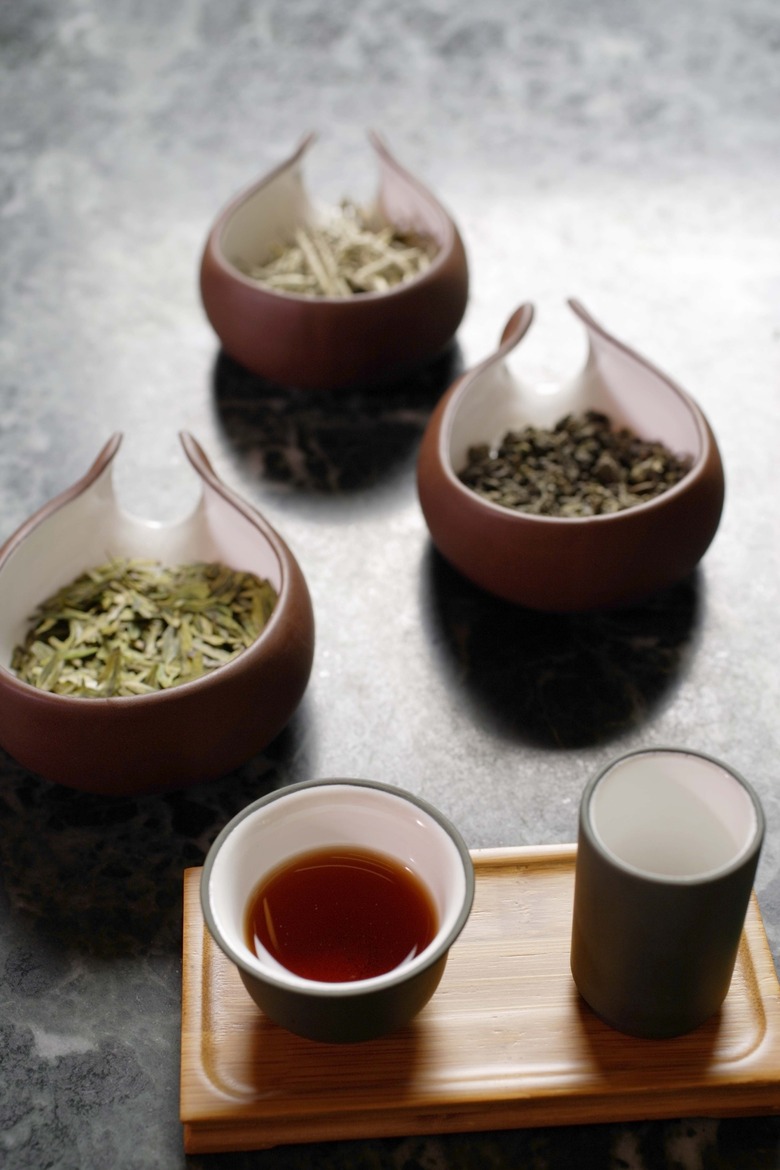What Is Bruised Tea?
Whether you're a beginner or a dedicated tea lover, the language of tea can sometimes be a little perplexing. Terms like "bruising" don't always mean what they seem to. While bruising might sound bad, it's simply part of the tea production process that helps leaves reach the desired color and flavor quickly.
Whether you're a beginner or a dedicated tea lover, the language of tea can sometimes be a little perplexing. Terms like "bruising" don't always mean what they seem to. While bruising might sound bad, it's simply part of the tea production process that helps leaves reach the desired color and flavor quickly.
Green and Black
Although it comes in many varieties, all tea is the product of the same plant, Camellia sinensis. The difference in color between green tea and black tea results not from differences in the plants but in how they are processed. After harvesting, a chemical reaction called oxidation occurs in the leaves, breaking down the chlorophyll that gives them their green color and releasing tannins, the chemicals that create tea's flavor. Green tea undergoes a very short oxidation period, leaving it with its green color and a mildly tannic flavor.
- Whether you're a beginner or a dedicated tea lover, the language of tea can sometimes be a little perplexing.
- While bruising might sound bad, it's simply part of the tea production process that helps leaves reach the desired color and flavor quickly.
Breaking the Cell Wall
To speed up the oxidation process, tea producers bruise the tea leaves. This process is also called maceration or disruption. Some tea makers will simply lightly toss the leaves, while others will crush and tear them, reducing them to fragments. Hand-rolling is another method of bruising. Regardless of the method, the goal is to rupture the cells of the tea leaf, exposing more of the chlorophyll to the air. The more of the leaf's chlorophyll that comes into contact with oxygen, the more quickly oxidation will occur.
After Bruising
Once the tea leaves have been bruised, the manufacturer sets them aside for oxidation; this process is also called fermentation. The leaves stay in a climate-controlled environment until they reach the desired level of oxidation, which varies depending on the character of the tea. Black tea is completely oxidated, while green tea undergoes very little oxidation; other varieties, such as oolong, have a moderate amount. When the tea master decides oxidation is complete, the tea is heated to deactivate the enzymes that cause it.
- To speed up the oxidation process, tea producers bruise the tea leaves.
- Regardless of the method, the goal is to rupture the cells of the tea leaf, exposing more of the chlorophyll to the air.
Bruising and Choosing Your Tea
Each tea-making tradition has its own bruising customs, and the amount of bruising tea undergoes will vary greatly depending on the desired outcome. Most Western teas are heavily bruised and fermented for a long period of time to produce a full, tannic flavor, while teas from Asia are more varied. Some tea producers market unbruised teas, which have a light yellow-green color and a very sharp, astringent flavor. The vast majority of teas on the market, however, will have been bruised during the production process.
